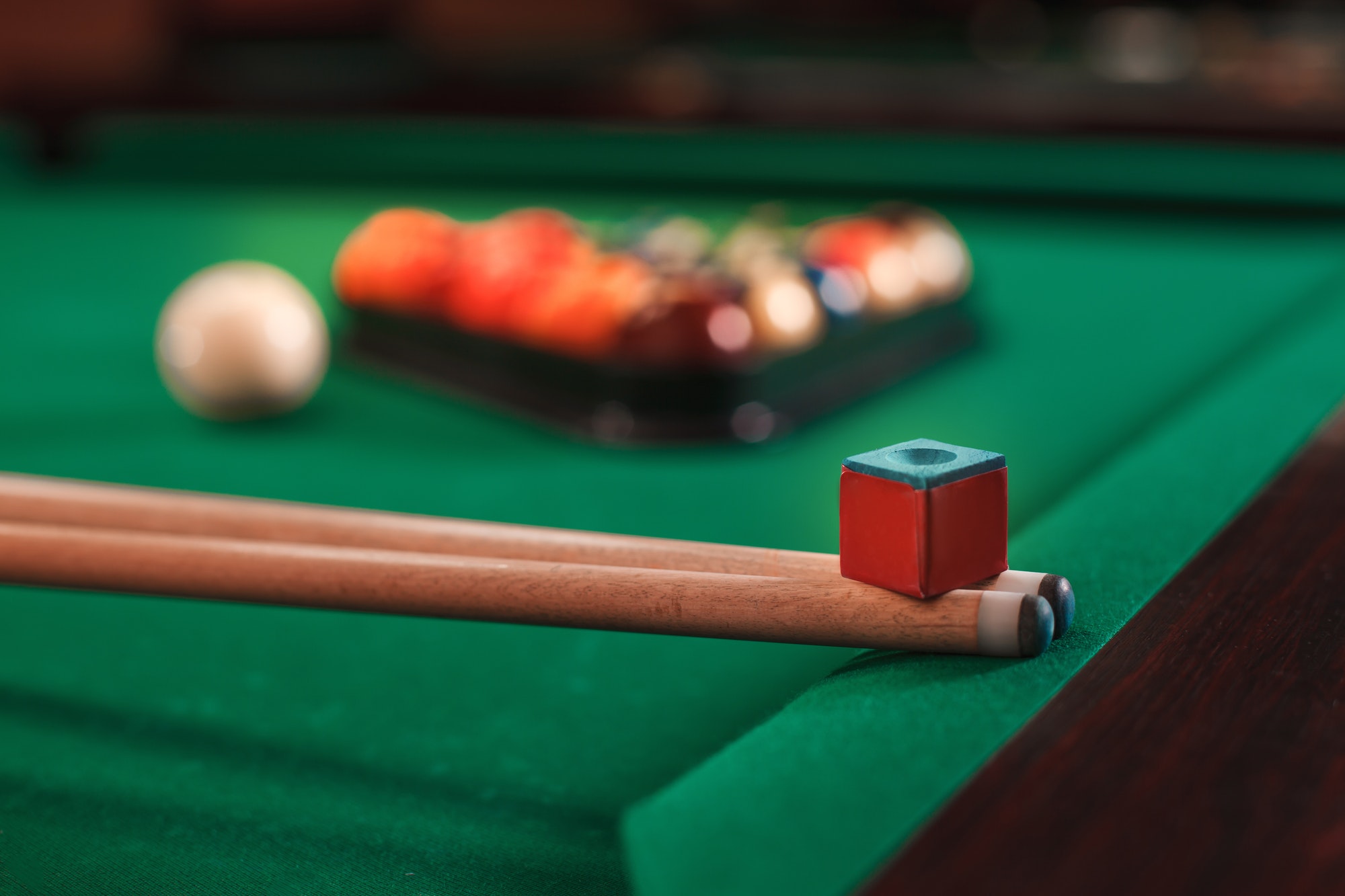
All About Pool Tables
The pool is a classic game found in bars and man caves around America. It started as an outdoor lawn game, called Billiards, played by nobles and aristocrats. Eventually, it found its way indoors, where it was played on a wooden table with a green top (because table designers wanted to stay true to that grassy lawn). Surprisingly, cue sticks weren’t always part of the game. Initially, the balls were hedged with a wooden stick called a mace. This didn’t work out so well when controlling the spin, so the cue was born. Soon after, a tip and chalk were added for maximum control.
As for tables, they’ve come a long way. The first versions were flat wooden boards with walls along the side to keep the balls from rolling off. These walls were termed banks, after the banks of a river. Eventually, players started using these “banks” to up their game and aim, creating the bank shot.
By the mid-1850s, the wood had fallen out of favor, and the upscale tables were made from slate. Slate was not only more durable, but it also didn’t warp over time like wood, allowing the tables to withstand rowdy evenings, drink spills, and many other dangers posed to a pristine playing surface. Once rubber was invented, the tables were upgraded with cushioned sides, and trick shots took center stage.
Now that we have the history down, let’s talk about why you’re really here. You want a pool table, don’t you?
If you’re looking into buying a pool table, there are a few things you need to consider. Not all modern tables have kept the upgrades of slate and dense rubber with high-quality felt. There are many pool tables on the market, and the price range is vast. This is due to the different materials the tables are made of underneath the felt (and the felt quality). On the cheaper side, you’ll find particle board (MDF), honeycomb plastic, and slatron (a combination of particleboard and plastic).
Slatron is undoubtedly better than MDF or honeycomb, but it’s not the high-quality experience you’re dreaming of when planning a pool room. Yes, these options are cheaper, and they aren’t too heavy, but when your entire game rests on having a level playing surface, you’ll be compromising this crucial aspect.
You want the same thing used in the 1800s: good old-fashioned slate. It offers the best playing surface available, but it does come with the downside of high cost and lack of mobility. Still, it’s tried and true for a reason. Couple the slate with exquisite construction materials for the rest of the table, though, and you’re looking at over $2k for a table on the low end.
Even if you have the money, before you buy, you need to consider the space you have available. A standard 8’ table is professional size, but you need to add at least 5’7” (the average length of a cue) to the table length and width to be sure you have enough room. This means that at least one room width must exceed 20’. Thankfully, smaller sizes are available, which lowers the overall price and fits within a standard-sized room.
The point is, you need to research your options before buying a pool table and be sure you’ll use it regularly. It’s an excellent investment if you plan to use it weekly or more, but if you have a wild idea and a whim, stop and think about it!


